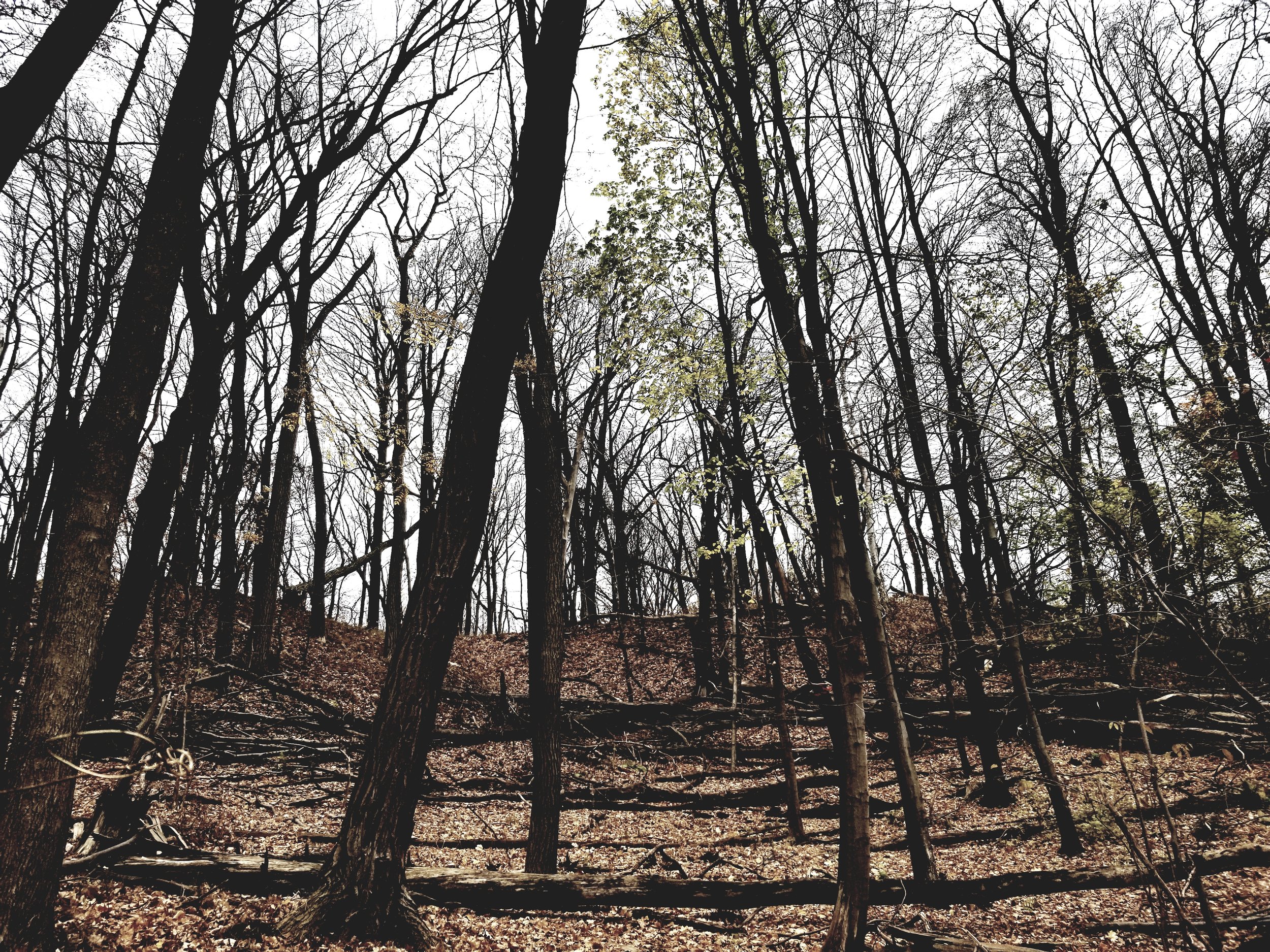13 Days of Halloween: #3 Park with a Past
/North of the city of Rochester, NY, on the shore of Lake Ontario, lie 977 acres of parkland. At the beginning of the 20th century a man named Dr. Henry S. Durand owned a portion of the acreage using it as a Boy Scout summer camp. He and his friend George Eastman (as in Eastman Kodak) decided to purchase surrounding farm land to make the entire parcel into a lakeside public park. In 1907 they turned it over the the City of Rochester, and it was officially dedicated in 1909.
The park is home to one of Rochester’s most-told ghost stories, The Lady in White. People still report seeing her along Lakeshore Boulevard, which runs through the north end of the park, along the beach. Details of the story have gotten convoluted since her death in the 1800s, but most involve her search for her missing daughter who 1. went down to the lake and never came back; 2. went on a date with a local farmer’s son and never returned home; or 3. was attacked and killed by a group of men wandering the area. This farm wife went out to search for her and either 1. died during the search or 2. threw herself into Lake Ontario out of grief. Her apparition has been spotted by park goers for decades. A filmmaker from Rochester, Frank LaLoggia, based his 1988 movie, “Lady in White,” on this story.
On Lakeshore Blvd. near Durand Lake, there are visible remains of a stone foundation and steps leading up the hill to the top. Legend says that this was the White Lady’s Castle, where she lived, and it is called that today. However, the ruin is actually part of a dining hall for the Boy Scout camp and early park goers, but it was torn down by park services after the park opened.
While I haven’t seen the White Lady, I mentioned in an earlier post that I’ve had a couple of unusual experiences at the park. I’m fairly familiar with Durand Eastman. For years I’ve walked there on weekends, weather permitting, usually taking the Lakeshore beach trail or a paved trail through the woods.
Most of the time other walkers are reasonably friendly, and I feel safe. I have seen people who appear to be homeless disappearing into the woods—just once in a great while, since the park is surrounded by residential streets. One morning last year a young man was waking up on a bench. He was disheveled; his long hair was scraggly. It looked like he had been in a fight because his eye was swollen and he had blood on his face and clothes. I slowed down to gauge the situation: did he need help? was he seriously injured? was he homeless, or did he find his way here after a rough night? He sat up and looked at me, and I thought he would be okay because he was moving all of his limbs. If he was still there on my return, I would see if he needed help. But he had gone by that time.
My most unsettling experience happened about a year and a half ago. Olive and I were walking toward the bridge over the wetlands as we had 100 times before. When you’re walking not everyone warns you that they’re coming up behind you. The woods was quiet—no birds, squirrels, leaves rustling—but I heard footsteps behind me, not close but coming. I assumed it was a runner. I moved over to the right, still hearing the steps just a few feet away. Olive stopped to sniff a fallen tree, and I turned to smile at the person behind me. There was no person there. I DID hear the footsteps.
Finally, just recently, I took Olive for our Saturday walk. It was quiet at the park—only one other car, no people in sight. We got about halfway down the hill, and Olive stopped. Not to sniff, just stopped on the trail and looked at me. I pulled on her leash, and she didn’t move. I tried to coax her on, but she wouldn’t go. This was highly irregular since she loves going to the park and practically scampers the entire time we’re there. I pulled again, but she stayed still and started to pant. Since she has never done that before, I heeded the warning, and we turned around and went back to the car. I assume she sensed some sort of predator, maybe a coyote. There’s nothing any bigger in the park (except deer) that I’m aware of. Or maybe it was some other energy that was hovering near or ahead of us. I’ll never know. Sometimes you just have to trust natural instincts.





















